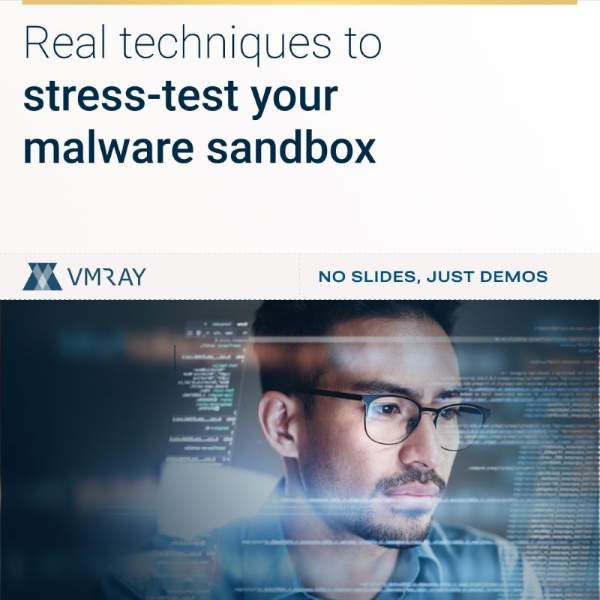Chapter 09: Assessing sandbox efficacy The Report Clutter Test
In the ever-evolving landscape of cybersecurity, assessing the efficacy of sandboxing tools requires a multifaceted approach. While we’ve explored various aspects of sandbox technology in previous chapters, there’s another practical method worth considering: the Report Clutter Test.
Unmasking Report Clutter
Imagine this scenario: You create a simple blank Word document, give it a name, and submit it to a public-facing sandbox for analysis. The expectation is that since the document contains no malicious content, the resulting report should be clean, devoid of alarms, and free from extraneous details.
However, the reality can be quite surprising. In some instances, when benign files are analyzed in certain sandboxes, the generated reports might suggest a significantly different story. You might find claims of numerous drop files, a multitude of artifacts, and an array of suspicious indicators, all for a blank file.

Evaluating Efficacy
This discrepancy raises a critical question: How effective is the sandbox technology if it generates cluttered and misleading reports for benign files? The answer lies in the need for clarity and precision when it comes to assessing the true nature of potential threats.
VMRay’s Approach to Clarity
In contrast to this challenge, advanced sandboxing technologies like VMRay provide a superior approach. When subjected to the same test, VMRay returns a report that truly reflects the benign nature of the file. It offers straightforward insights, eliminating the need to sift through excessive data points to ascertain whether a file is malicious or benign.
The Value of the Report Clutter Test
The Report Clutter Test is not just an intriguing exercise; it serves as a valuable tool for evaluating sandbox technology. It highlights the importance of concise, actionable reports, especially when dealing with a high volume of alerts and potential threats.



